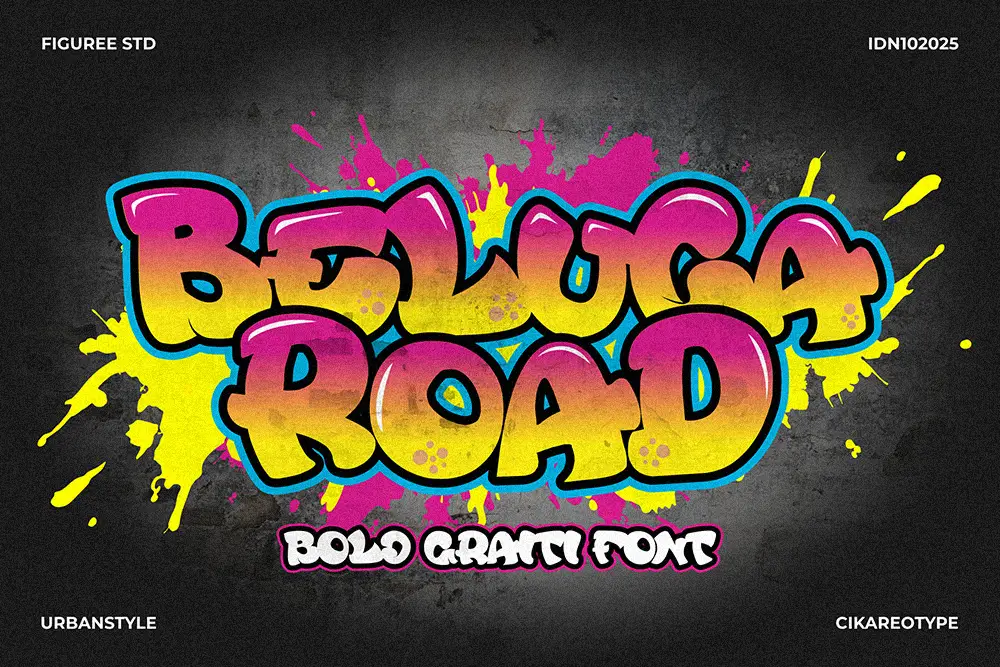
Feedback is an inevitable part of any creative journey. Whether you’re a designer, artist, font creator, or content producer, you’ve likely received comments on your work—some encouraging, others hard to digest. But here’s the truth: feedback for creatives isn’t the enemy. In fact, when handled wisely, it becomes one of the most powerful tools for growth.
In this article, we’ll explore how to grow from critique, master your mindset around feedback, and turn even the toughest comments into fuel for your creative success.
Creativity is deeply personal. When someone critiques your work, it can feel like they’re critiquing you. That’s why many creatives struggle with feedback, especially in the early stages of their careers.
But let’s get one thing clear:
Feedback is not a personal attack. It’s a mirror, showing you what others perceive—and perception matters in art, design, and communication.
Understanding this is the first step in separating your identity from your output. Your worth is not defined by a single piece of work. Every font, photo, or video you publish is just a moment in your evolution—not the whole picture.

Not all feedback is created equal. Some are constructive; some are vague; others, unfortunately, can be downright toxic. Here’s how to spot the difference:
“The kerning on this font feels slightly off in smaller sizes.”
What to do:
Be thankful. Constructive feedback is gold. It often comes with specific, actionable suggestions that help you improve. If someone takes time to give detailed input, they’re invested in your growth.
“It just doesn’t work for me.”
What to do:
Ask follow-up questions. Seek clarity. Try: “What part didn’t connect with you?” or “Was it the layout, color, or type choice?”
“This is terrible. Do you even know what you’re doing?”
What to do:
Filter it out. If the feedback attacks you instead of your work, it’s not worth your energy. Recognize the difference between a critique and an insult. Block, delete, and move on.
The best creatives aren’t the ones who never fail—they’re the ones who listen, adjust, and evolve. If your first instinct is to defend your work, pause. Instead of reacting emotionally, try responding strategically.
Here’s a mindset trick:
Assume every piece of feedback hides a gift.
Even if it’s clumsy, there may be a grain of truth that could lead to breakthrough insight.
And remember: The more you grow, the more feedback you’ll get. That’s a good sign. It means your work is reaching people.
Here are five steps to turn feedback into a growth strategy:
If you’re a font designer, feedback can drastically elevate your work. For example:
🎯 When releasing Victoria, our modern serif font, we received early feedback that some users found the italics too stylized for editorial use. We refined the slant angle and contrast—resulting in a more balanced, highly readable product.

💡 Likewise, the bold structure of Roads Block was enhanced through iterative feedback that emphasized better line-weight harmony for large-size headlines.
Want to refine your own typography skills?
Browse our Display Font collection and start experimenting with intentional detail and spacing. Seek feedback from your creative community and watch your fonts evolve.
Don’t wait for feedback to come to you. Curate a network that gives you honest, thoughtful insights.
Pro Tip: Join feedback-friendly communities like:
Social media is the most public feedback loop out there. Every like, comment, or share is a form of response. But don’t take silence as failure.
Instead:
This is especially useful when testing new branding styles or promotional campaigns using fonts like Heat Robox, which pairs well with tech-focused, scroll-stopping layouts.

Your creative work will always be evolving—and that’s the beauty of it. Feedback is not a finish line; it’s a compass. It points you toward clearer communication, better aesthetics, and stronger ideas.
When you shift your mindset to embrace feedback instead of fearing it, you unlock exponential creative growth.
So next time someone critiques your work, don’t flinch.
Ask. Learn. Adapt. And keep building the boldest version of your creative voice.
Great design is often invisible—but the right font can make your message resonate.
Explore our bestsellers:
Each font is crafted with feedback and iteration in mind—because we believe in the power of critique to elevate design.
Ready to transform feedback into your superpower?
Start now, one critique at a time. And never stop growing.
 Neobique - Modern Display Serif
$21 – $1,299Price range: $21 through $1,299
Neobique - Modern Display Serif
$21 – $1,299Price range: $21 through $1,299 Akihabored - Japanese Brush Style
$21 – $1,299Price range: $21 through $1,299
Akihabored - Japanese Brush Style
$21 – $1,299Price range: $21 through $1,299 Beluga Road – Bold Graffiti Font
$21 – $1,299Price range: $21 through $1,299
Beluga Road – Bold Graffiti Font
$21 – $1,299Price range: $21 through $1,299
Elevate your projects with premium freebies. Fonts, graphics, and templates handpicked for creators like you — download them all today, free forever.
Download Freebies